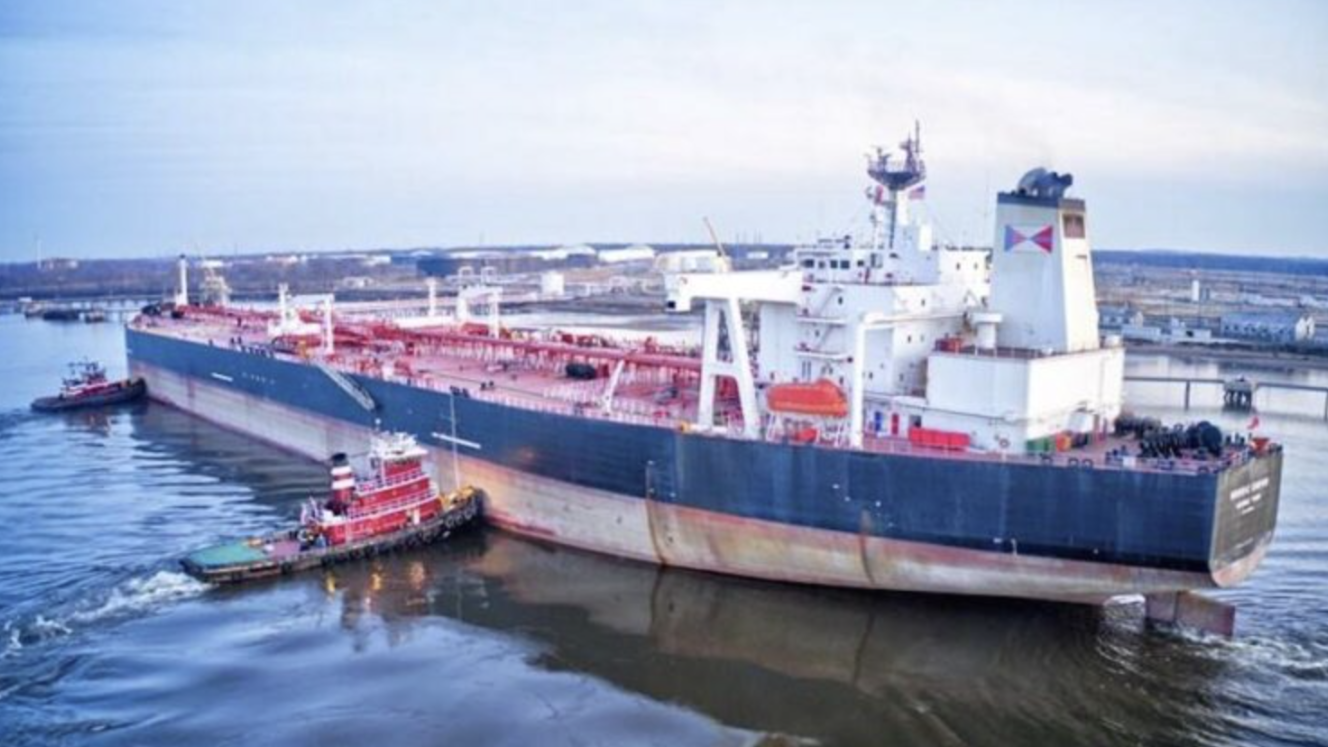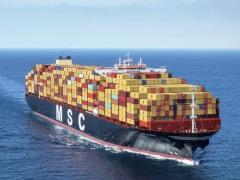The global ‘shadow’ tanker fleet has continued to expand rapidly despite intensified sanctions by the US, UK, and EU, according to the latest data released by BRS Shipbrokers.
The fleet, comprising oil tankers over 3 000 dead weight tonnage (dwt), has grown to 1 140 vessels totalling 127.4 million dwt, up from 930 ships and 109.6 million dwt just six months ago. This reflects an average growth of 30 vessels per month, undeterred by some of the most aggressive sanctions in recent years.
Of the grey fleet, 886 tankers – 78% of the total – are now under sanctions, a sharp rise from 191 last year.
These vessels, representing nearly 9% of the global oil tanker fleet, are primarily linked to Russia’s Sovcomflot, Iran’s NITC, or Venezuela’s PDVSA according to the research data. Recent sanctions include the EU’s latest package targeting two ship registries and 105 vessels for Russian ties, the UK’s designation of 137 vessels, and the US Treasury’s largest Iran-related shipping sanctions since 2018.
The grey fleet’s average age of 20.2 years, compared with the mainstream fleet’s 15 years, signals potential risks. Rather than being scrapped, these older vessels are increasingly sold into shadow operations, fetching resale premiums far above demolition values. Investigative platform Follow The Money reports that Western shipowners have earned over $6 billion from such sales.
The largest segment of the shadow fleet includes 977 tankers over 34 000 dwt, accounting for 17.3% of the global fleet in this size range. These include 166 very large crude carriers and 133 suezmaxes. More than 800 sanctioned vessels reportedly lack verified insurance.
BRS defines grey tankers as vessels over 3 000 dwt engaged in operations that obscure ownership, use opaque registries, or are linked to sanctioned entities such as those tied to Russia, Iran, or Venezuela.
Source: Splash247













